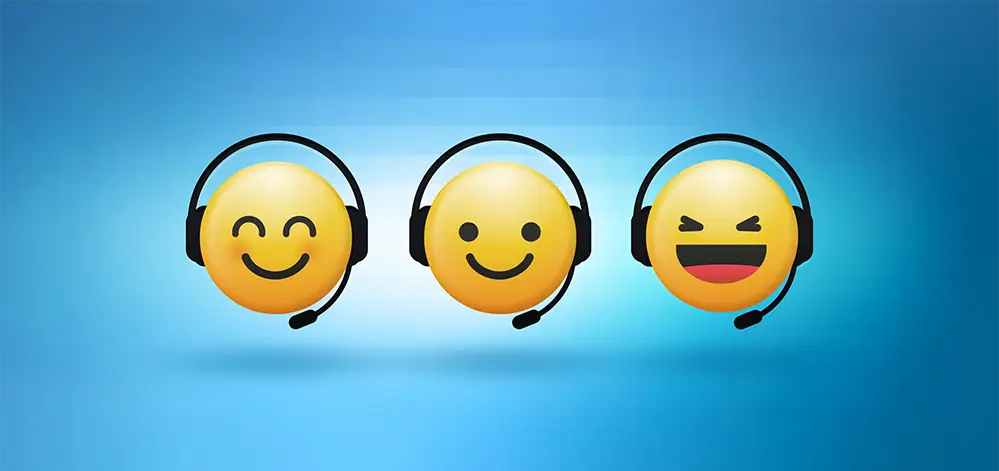It’s no secret that we’re all more engaged when we’re having fun, so it’s little wonder that 95% of employees enjoy using gamified systems. In a perfect world, gamification boosts employee engagement, satisfaction, and productivity, leading to better business outcomes—when employees simply game the system, none of those benefits are realized. Agents have long been able to “outsmart” contact center solutions, making it nearly impossible for managers to gamify for any true positive impact.As contact center leaders look for innovative ways to deploy generative AI, value-add gamification is a compelling opportunity. With more intelligent, tailored solutions built on large language models, managers can stop agents from gaming the system, meaning gamification elements are a truer reflection of conversations. We’ll explore how generative AI makes gaming more difficult, and what that means for gamification.
How to end gaming with generative AI
In the past, agents may have been able to reach the top of adherence leaderboards by using certain words to tick boxes on a checklist, even if the conversation didn’t truly address those points or the agent didn’t implement the prescribed behaviors. With generative AI, it’s (much) tougher to game the system. As Forrester Principal Analyst Seth Marrs pointed out in our webinar “The impact of generative AI on revenue-generating contact centers,” solutions built on generative AI actually understand the context of the conversation; they’re able to quantify performance on a more granular scale. Because generative AI has this deeper understanding of every conversation, agents can’t fool these solutions—alignment to results is tighter, and gaming is far more difficult.
A better way to gamify in the contact center
Many contact center leaders are already aware of the power of gamification—it can lead to a 90% increase in employee productivity and an exponential boost in profitability. But as we’ve already pointed out, less advanced tech has previously allowed for the gaming of these systems. Gamification only yields the desired benefits if agents are actually performing the behaviors as intended. For example, if a playbook offers upselling guidance but an agent simply uses similar language in a different context, an older solution might have credited them for performing that behavior when in reality, there was no value to that turn in the conversation.Since generative AI grasps the broader context of conversations, it can’t be so easily tricked. This restores the value to gamification, ensuring that leaderboards are truly a reflection of performance.
Broader gamification opportunities
Not only does generative AI ensure that agents maintain a tighter alignment to results, enabling managers to gamify confidently, but it also opens up new avenues for gamification. While leaderboards for sales, playbook adherence, or even easily quantifiable KPIs like average handle time (AHT) are likely familiar gamification elements, contact center solutions that leverage generative AI unlock a new set of more detailed gamification opportunities. Because of generative AI’s advanced comprehension, managers can implement gamification based on behaviors, such as assuming the sale or showing empathy. And with visibility into 100% of conversations, new agents can even compete against themselves rather than their peers, working to reach performance or productivity milestones as they ramp up. With these advancements, contact center leaders can now leverage gamification to drive highly specific outcomes that align with the organization’s goals. With the rise of generative AI for the contact center, gamification is once again a valuable tool for boosting performance and productivity. Not only that, but its potential is more impactful than ever. To learn how you can gamify (not game) with the help of generative AI, reach out for a customized demo today.




